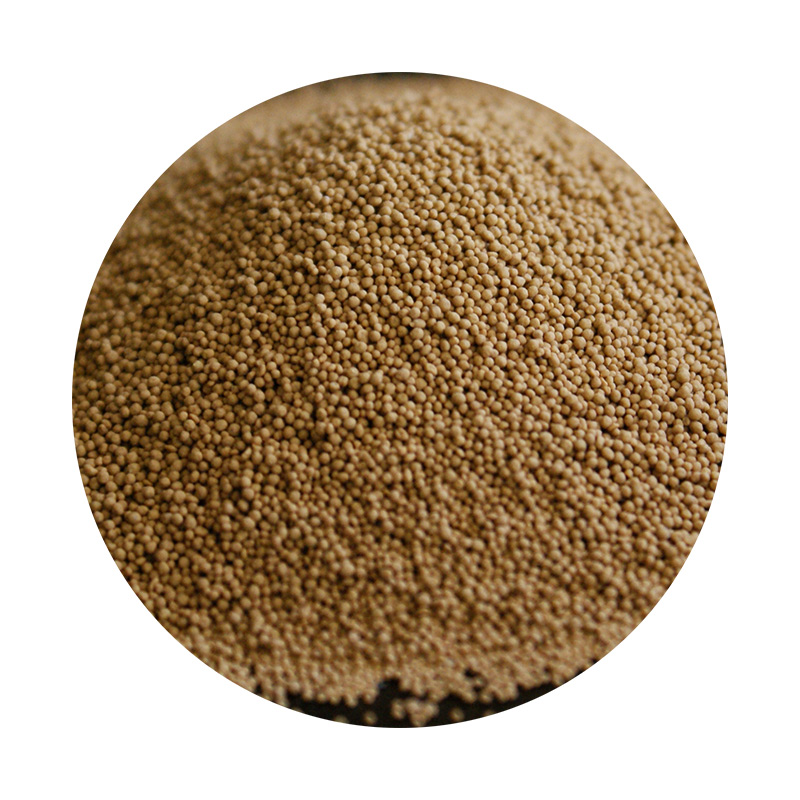Understanding Sand Casting Metal A Foundational Manufacturing Process
Sand casting is one of the oldest and most versatile metal casting processes in manufacturing. This time-honored technique involves the creation of a mold from a sand mixture that is used to shape molten metal into desired forms. It has been invaluable in various industries, including automotive, aerospace, and art, facilitating the production of everything from intricate components to massive industrial parts.
The Sand Casting Process
The sand casting process can be broken down into several key steps, each integral to producing high-quality metal parts.
1. Pattern Making The process begins with constructing a pattern, a replica of the final product. Patterns can be made from various materials, including wood, metal, or plastic, depending on the size and complexity of the part. The pattern's design often includes allowances for shrinkage, draft, and machining to ensure a perfect fit during assembly.
2. Mold Preparation Once the pattern is ready, it is used to create a mold. The pattern is placed in a mold box and surrounded by a mixture of sand and a binder, which is typically clay or resin. This sand mixture is compacted around the pattern to form a mold cavity. After the mold has hardened, the pattern is removed, leaving a negative impression.
3. Melting and Pouring Next, metal is melted in a furnace to the desired temperature. Commonly used metals include aluminum, iron, and bronze. The molten metal is then poured into the mold cavity, filling the shape of the pattern. It is crucial to control the pouring temperature and speed to avoid defects such as turbulence and inclusions.
4. Cooling and Solidification After pouring, the metal is left to cool and solidify within the mold. The cooling time depends on the metal used and the thickness of the casting. During this phase, proper cooling rates must be managed to prevent issues like cracking.
5. Mold Removal and Finishing Once the metal has cooled and solidified, the mold is broken away to reveal the casting. This stage often involves cleaning processes, such as sand blasting or shot blasting, to remove any residue from the mold. Additional finishing processes, such as machining or surface treatment, may be required to achieve the final specifications.
Advantages of Sand Casting
sand casting metal

Sand casting offers several advantages that make it a preferred choice in many applications
- Versatility The process is suitable for casting a wide variety of metals and alloys, making it adaptable to numerous industries.
- Cost-Effectiveness Sand casting is relatively inexpensive compared to other casting processes, particularly for low-volume production runs.
- Complex Geometries It allows for the production of complex shapes and intricate details, which can be challenging to achieve through other manufacturing techniques.
- Scalability Sand casting can be scaled up or down easily, allowing manufacturers to produce both small prototypes and large industrial components without significant changes in infrastructure.
Challenges and Considerations
Despite its advantages, sand casting does have some challenges. For instance, achieving a high surface finish may require additional machining, which can increase production time and costs. Additionally, because the molds must be broken to extract the cast parts, sand casting is less suitable for high-volume production runs where repeatability and efficiency are critical.
Another consideration is the environmental impact of sand casting. While traditionally known for using silica sand, advancements in environmentally friendly binders and methods are being developed to mitigate the ecological footprint of sand casting.
Conclusion
In conclusion, sand casting remains a vital process in the world of metal manufacturing. Its rich history, combined with modern innovations, has allowed it to adapt to the ever-evolving demands of various industries. Understanding the intricacies of this process not only highlights its significance but also emphasizes the craftsmanship involved in producing quality metal components. As we continue to seek ways to improve efficiency and sustainability in manufacturing, sand casting will undoubtedly play a crucial role in shaping the future of metal fabrication.
Post time:Жов . 07, 2024 12:44
Next:sintering sand
